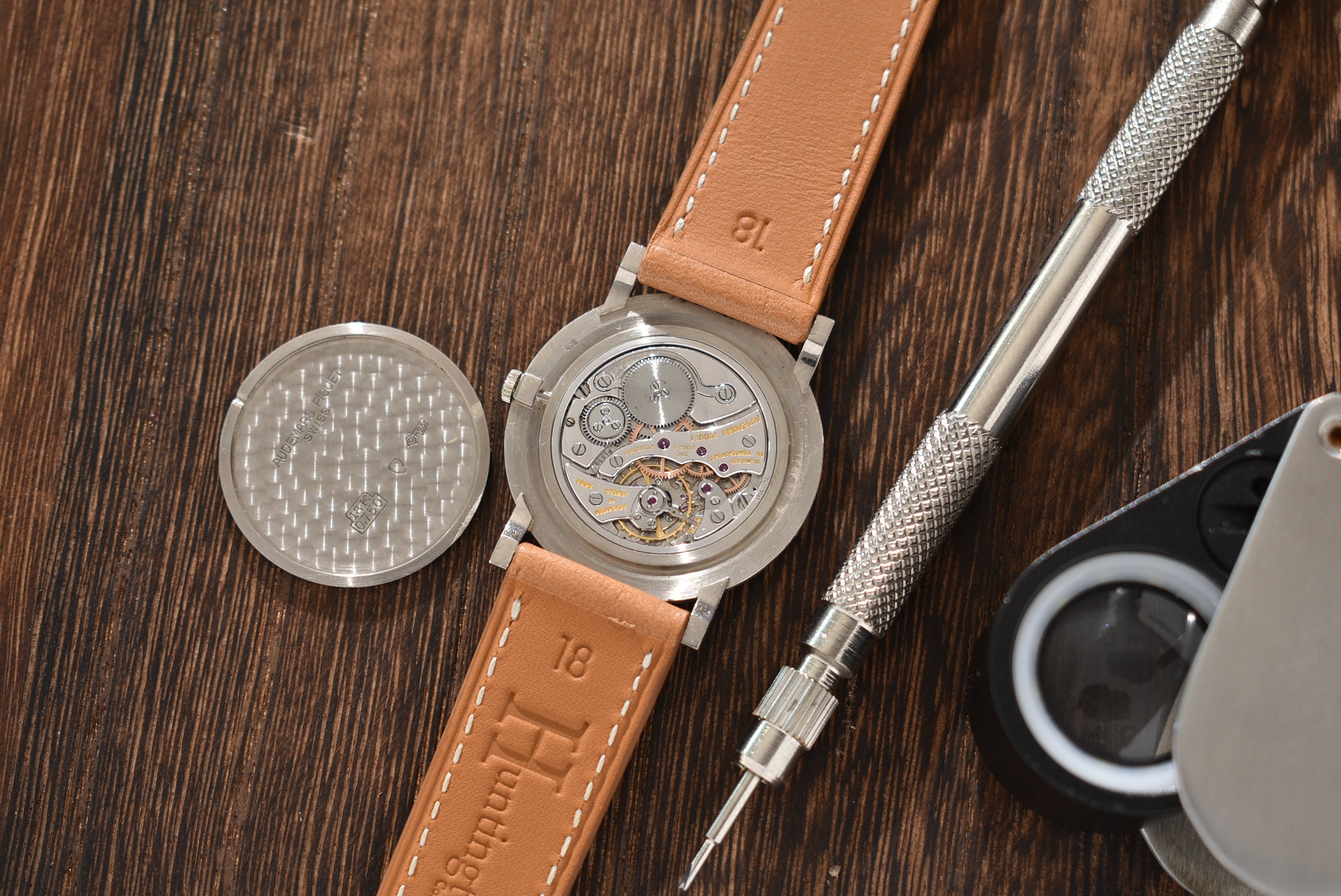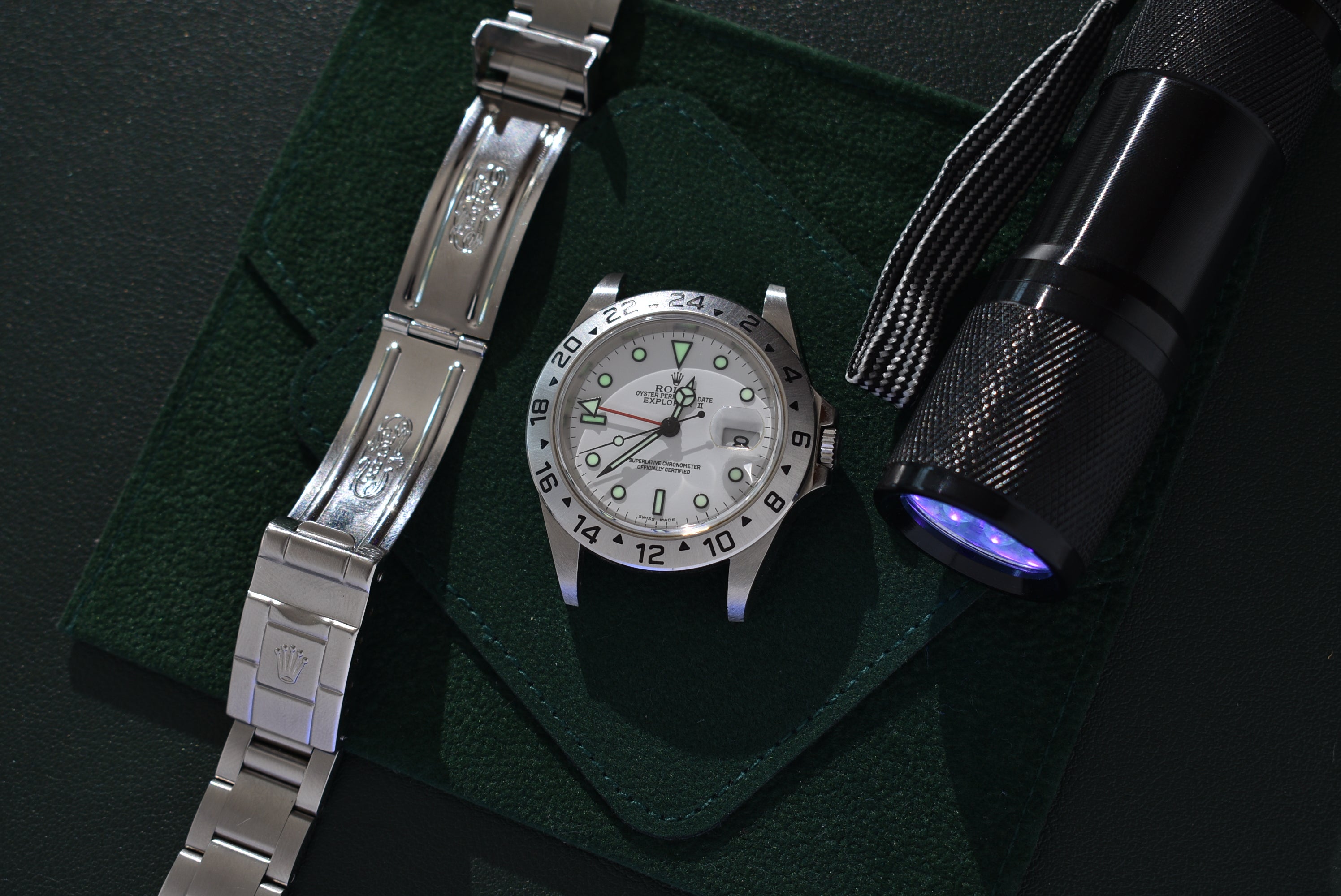n 1948, postwar Europe saw the rise of water-resistant wrist watches, inspired by military innovations during World War II. Omega, founded in 1848, introduced the Seamaster 300 CK 2913 in 1957, the first true dive watch of the line. This precision-grade watch, part of the "holy trinity" of professional-grade watches, featured a two-part bezel, arrow hands, and an auto-winding caliber 500/501. Production continued until 1960 when the 14755 replaced it with the 14755, which featured arrow hands and an auto-winding caliber 550/552. In 1962, the 165.014 introduced the 6 digit case number system, featuring a caliber 552 and a few different hand and dial combinations.
In 1962, the second generation of the SM300 was introduced, featuring a 42mm case size and a turn of the straight lugs. The watch was made by two primary manufacturers, Huguenin Freres (HF) and Centrale Boites (CB), and some later cases can be found bearing Piquerez markings. The 2nd generation SM300 used three different types of hands: sword, baton, arrow hands, and a sword hour hand.
A low profile Naiad non screw down crown was used until 1968 when it was replaced by a 5mm deep screw down crown. The watch can be found with two distinct dial variations: the first had squared off lume plackets of equal size at 3, 6, 9, and 12 o'clock each with a corresponding white arabic numeral, and the second replaced the 12 o'clock numeral and lume placket with an oversized inverted lume triangle.
The Big Triangle version of the SM300 was produced for the civilian market, identical in all respects to the MoD version except for the fixed lug bars and military markings. The dial symmetry and scarcity of the non-date version have led to increased demand, with Big Triangle versions striking highest.
The crown has a low profile, maintaining a sleek overall case design. The original date-matched bracelet and 516 end links are rare, but the 1039 bracelet is still present in good condition.


















